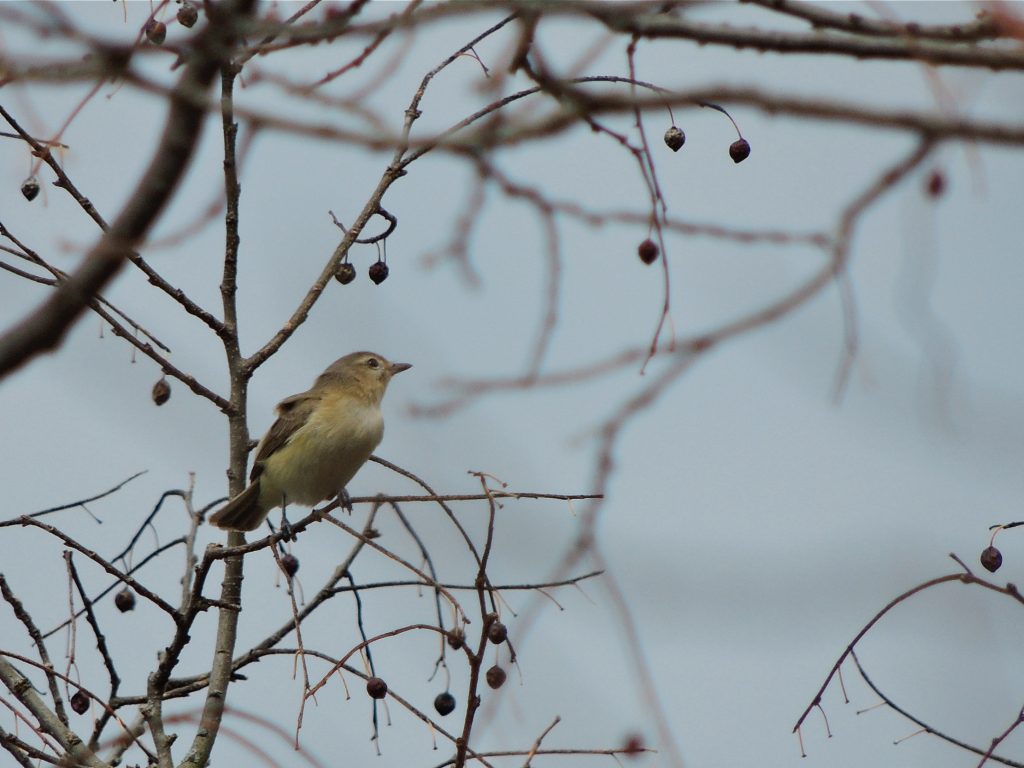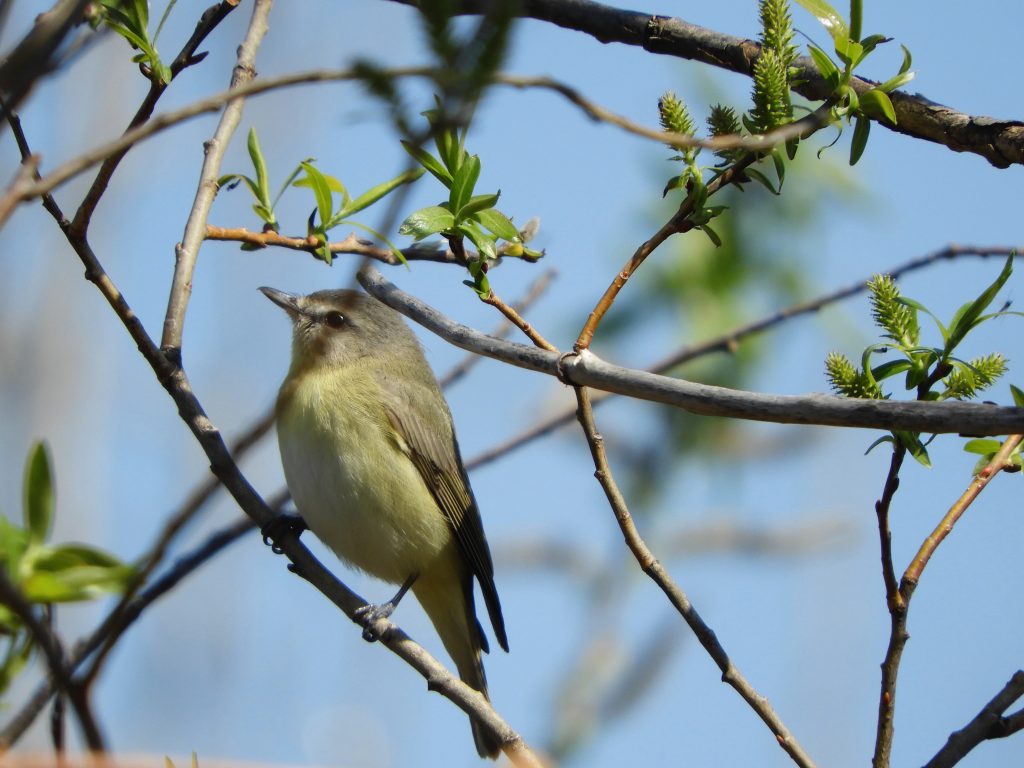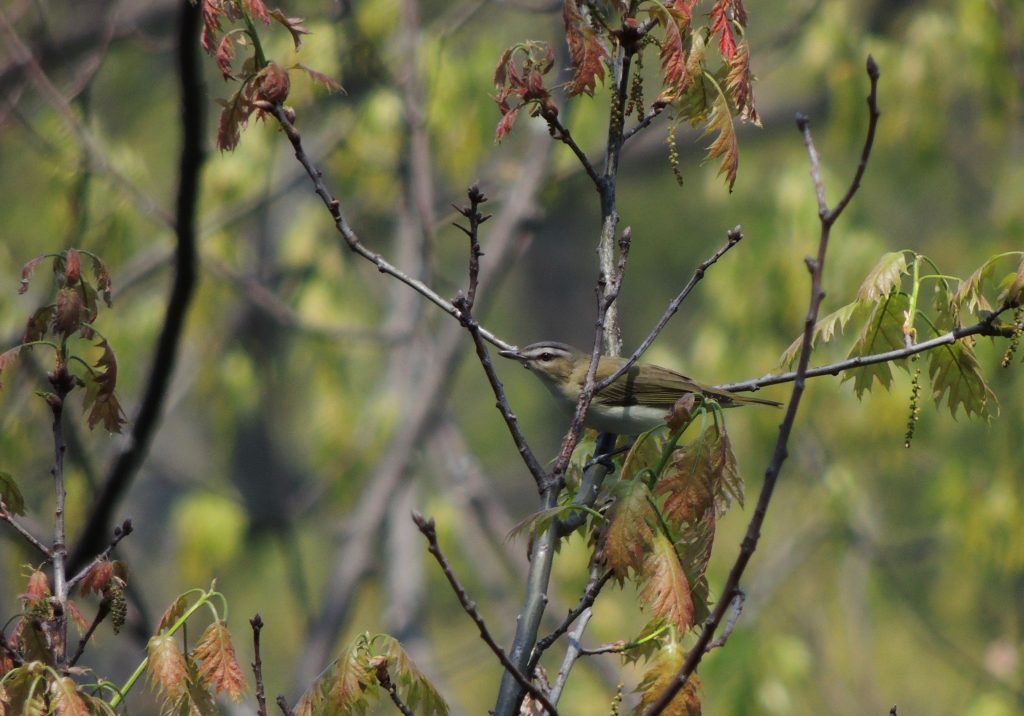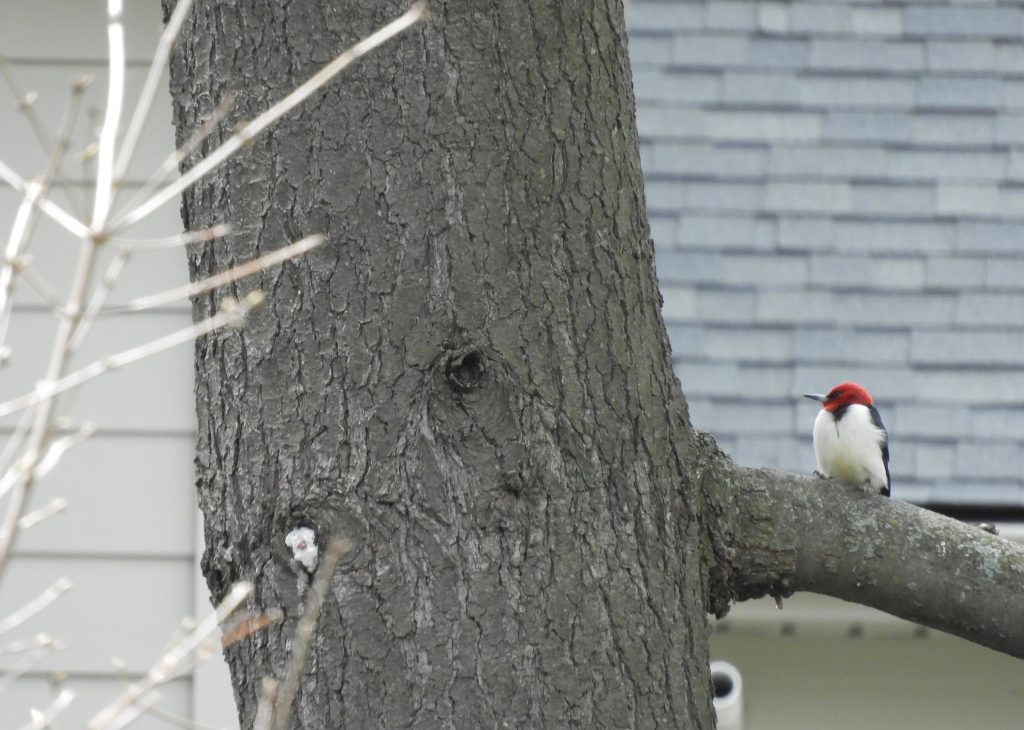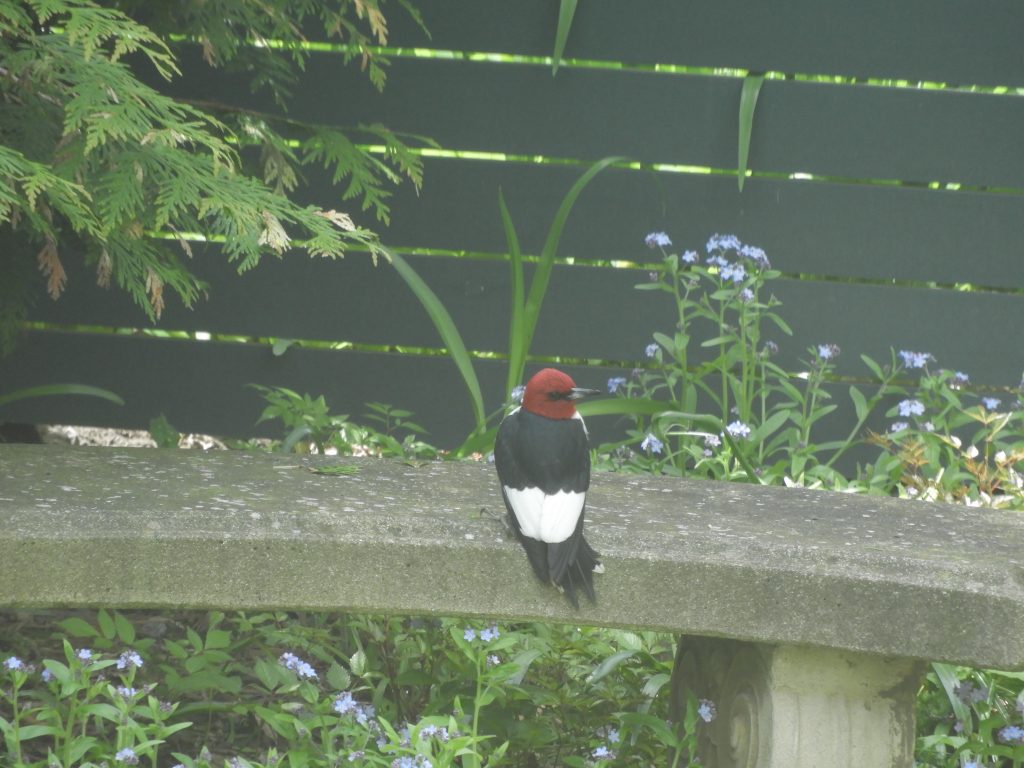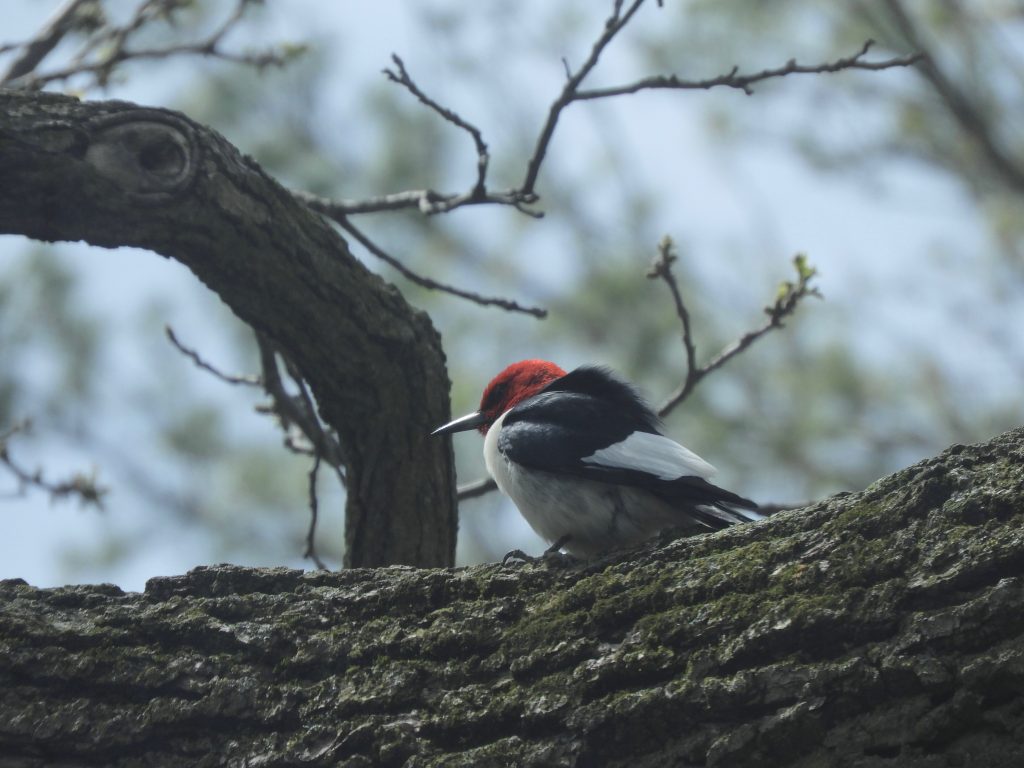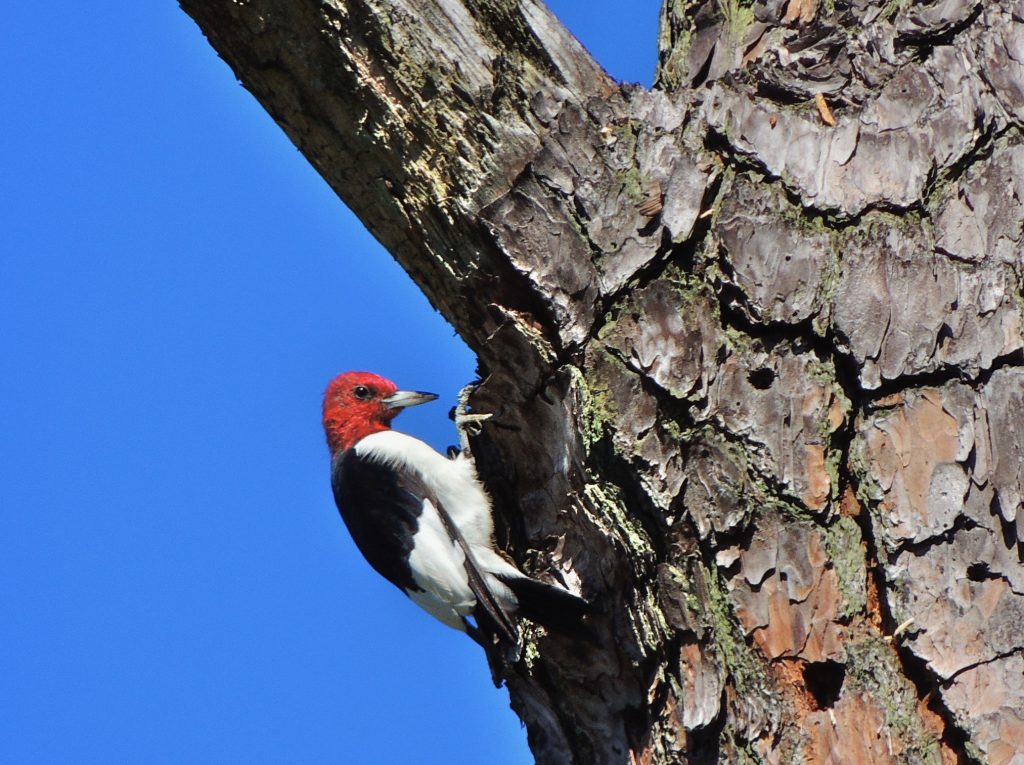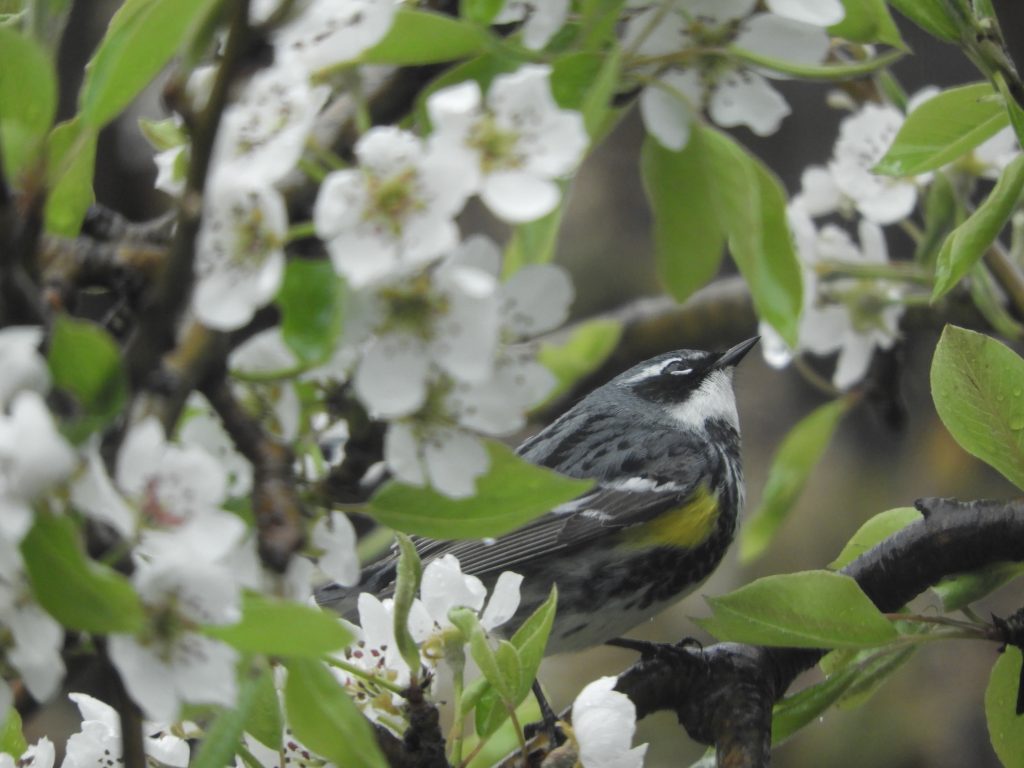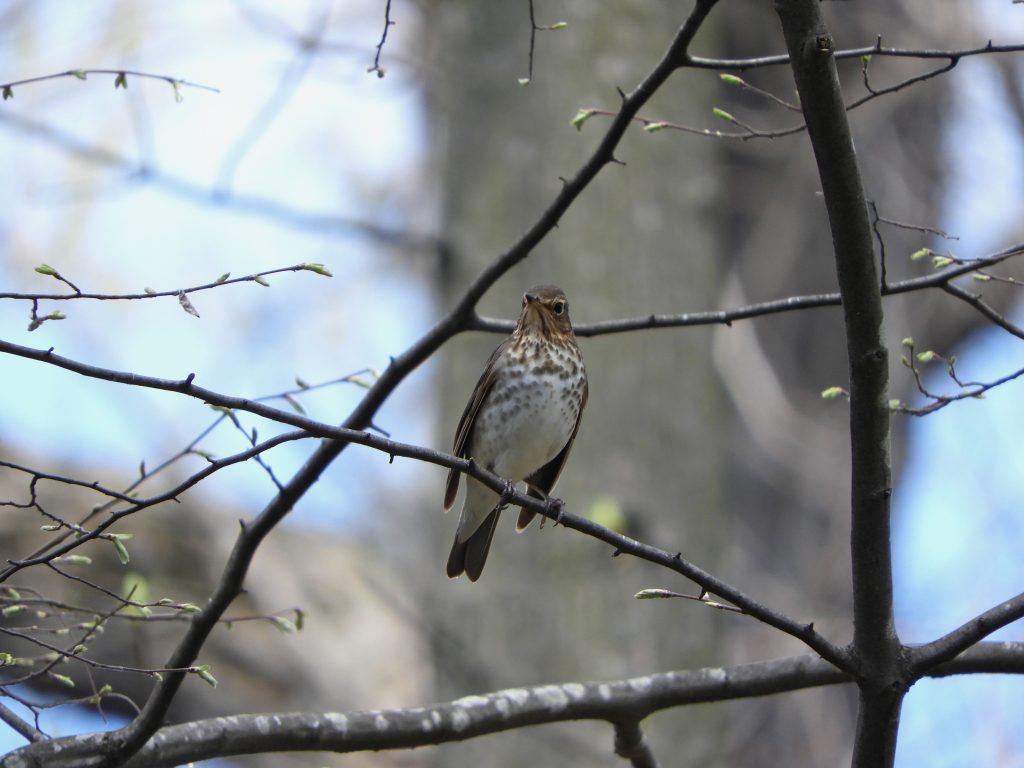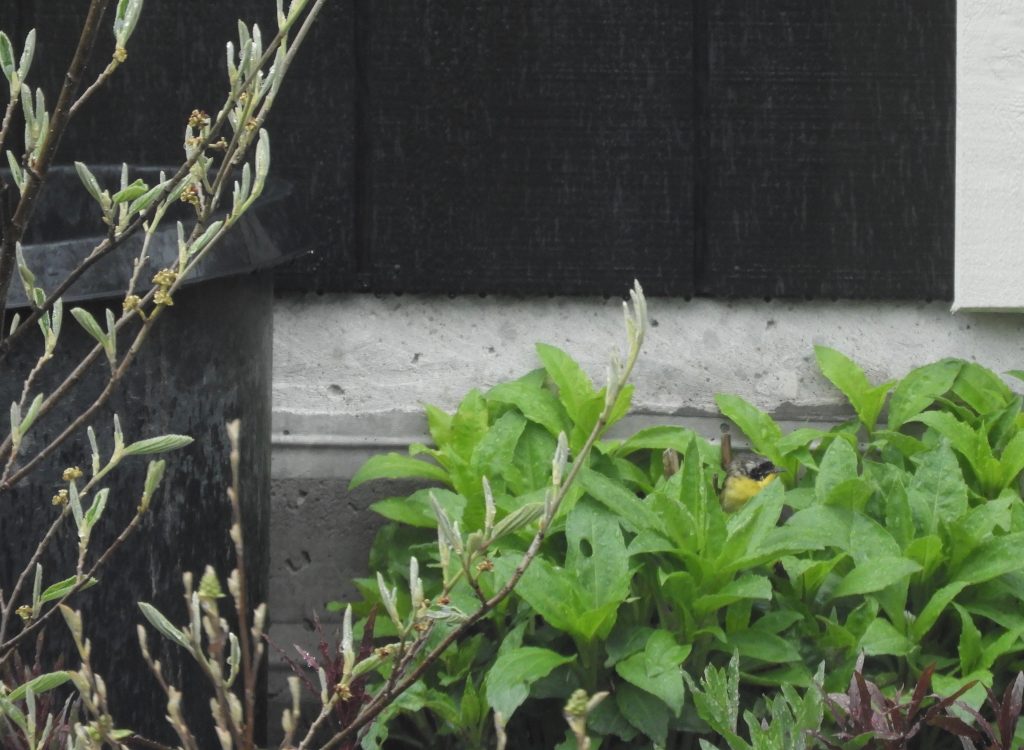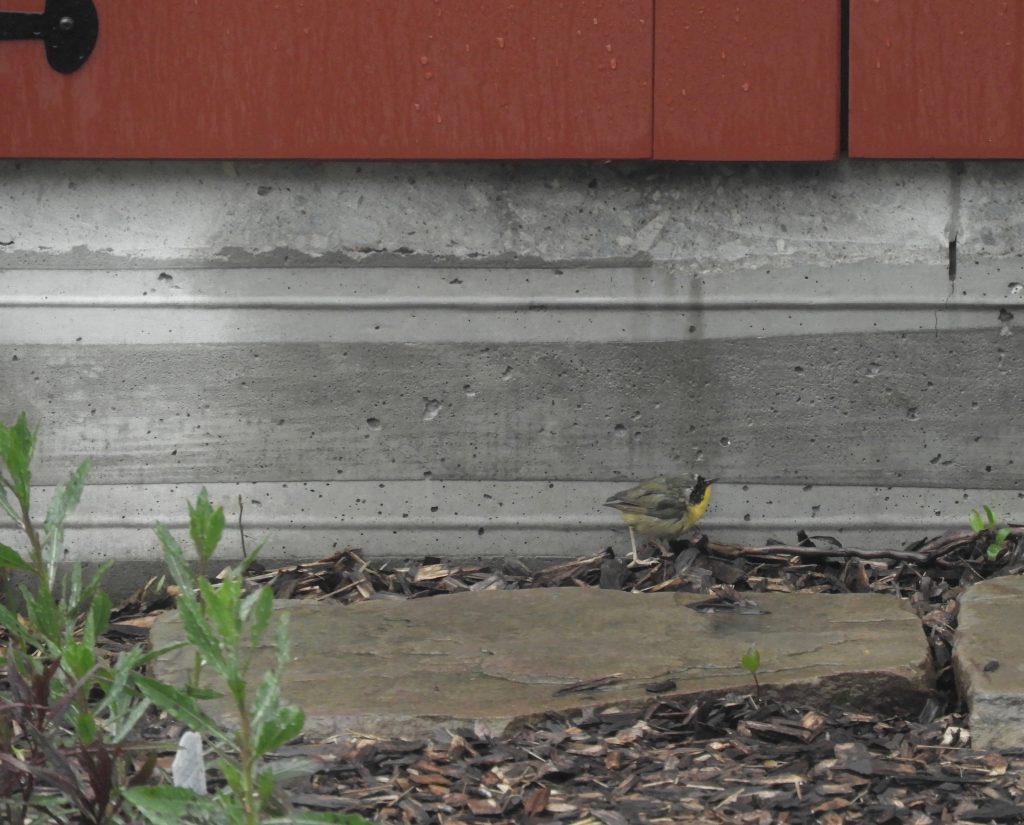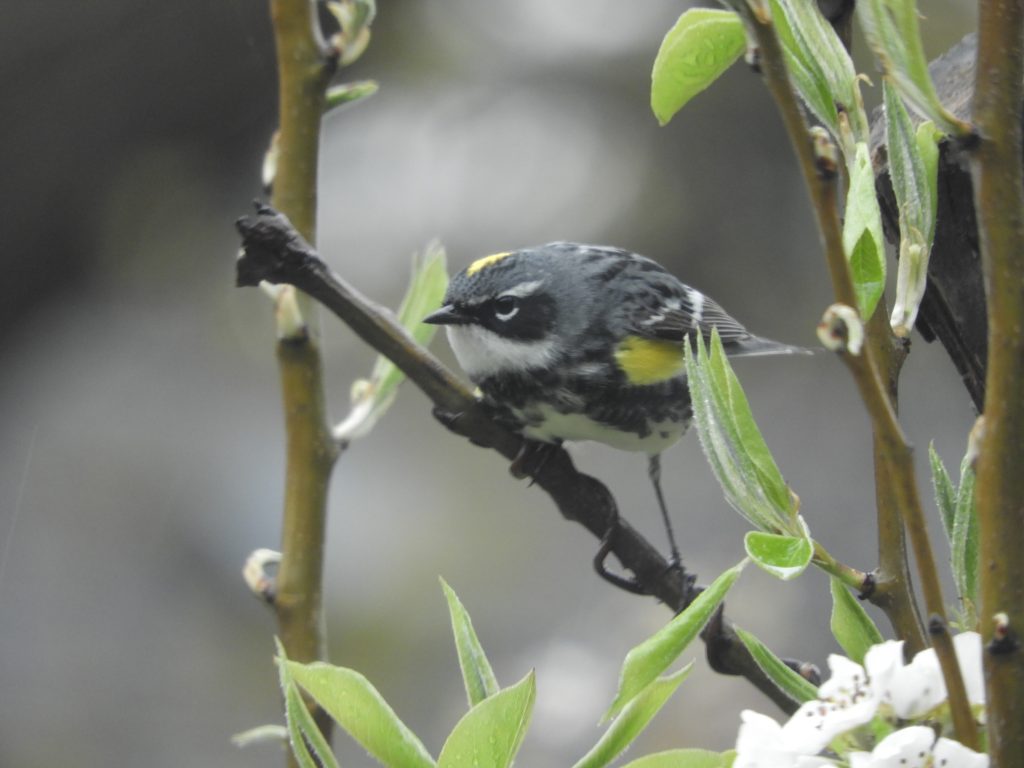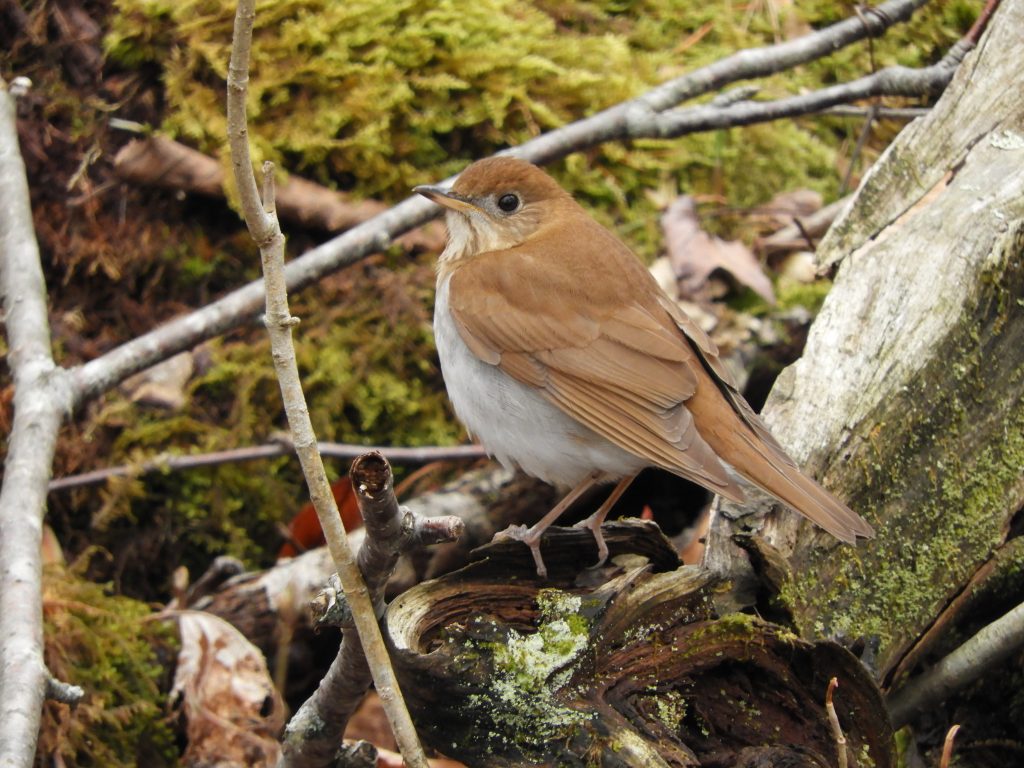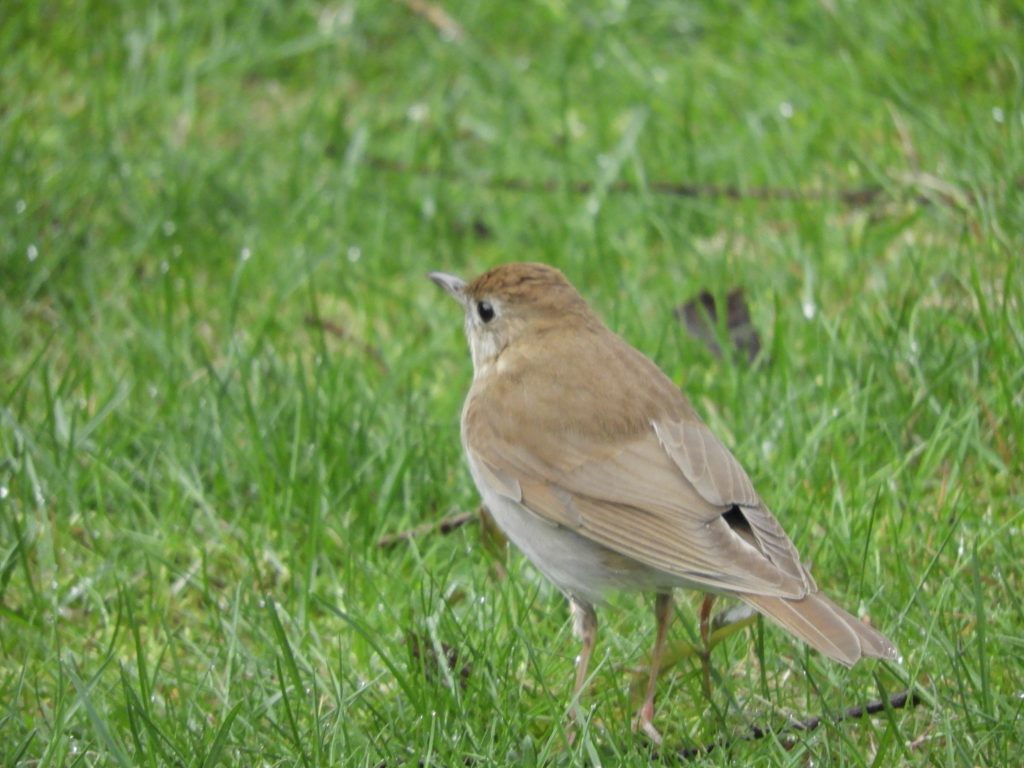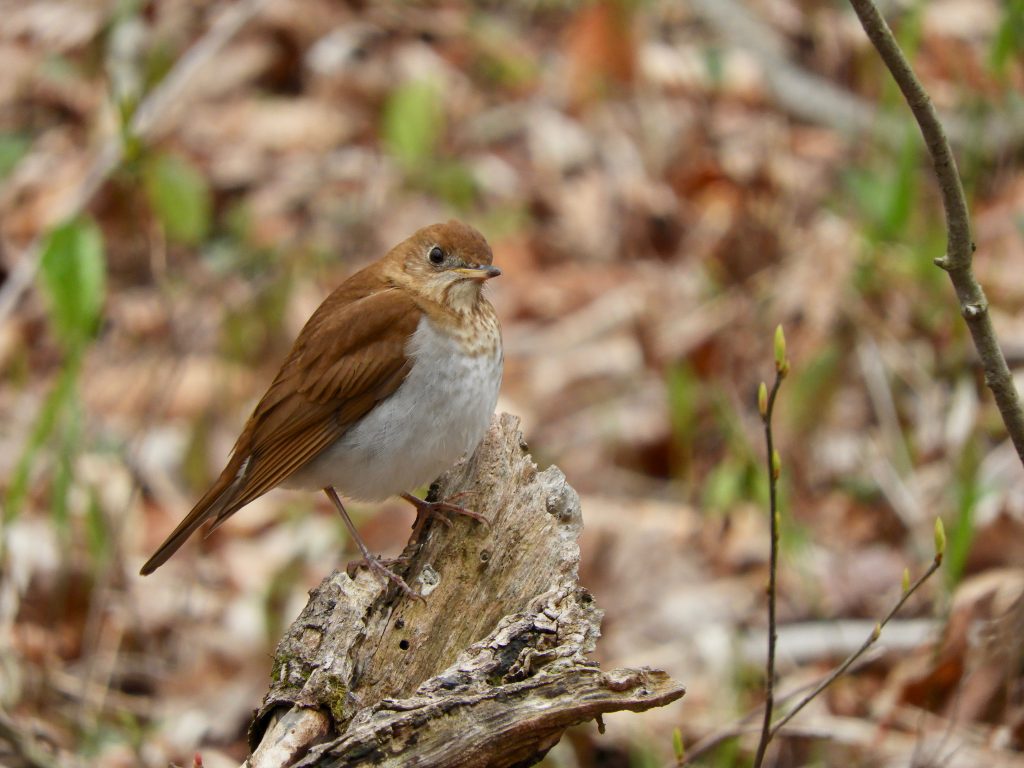
Dundas Valley Trails, Ancaster, ON. May 27 2020. Part way through this morning’s birding I recognised a familiar feeling, the calm that comes once the rush of May birding is behind us. More evenly paced birding days lie ahead. Over the past dozen or so posts, the context for the Bird of the Day has been spring migration and the arrivals it brings. Now we can turn to enjoy our countryside.
This spring has been quite different in one respect, we’ve been completely distracted by Covid-19 ever since winter began to ease up. But, when we peered out from under our Covid-precautions blanket a month or so ago, it was evident that the pandemic in all of its socio-economic dimensions was really ours to deal with. It’s a human problem, the birds are not only there but they’re still coming. The natural world, the change of seasons and movement of birds, keeps on going as it always has.
This morning, my companions and I walked some moist forest trails in a fresh dawn ringing with bird song. The first, and almost noisiest to catch our attention were a few singing Wood Thrushes. They, like the Veerys of two weeks ago, are songsters whose fluting notes seem to lift out of the dark woodland floor. We watched a few take a high branch to flag the corners of their territory. At the end of each phrase of song they utter a shuddering chk-chk-chk-chk and their whole body vibrates with it. They are usually rather shy birds but the task of claiming territory through song is so important that they were easy to find and watch and not too difficult to photograph, if from a rather uncomfortable angle.

We were alert for warblers, it was just the right time and place for them and one of the all-time warbler stars, a Mourning Warbler, found us first and made a quick inspection before diving for cover; they like thick undergrowth and prefer to see rather than be seen.

We struggled to see Pine and Blue-winged Warblers, we could hear both (those of us with decent hearing that is) and it took a bit of sleuthing to finally locate them. Yellow Warbler, Common Yellowthroat and American Redstart completed our warbler list.
But there’s more to birding than warblers (not all would agree) and I was just as happy watching Indigo Buntings and Eastern Towhees a Great-crested Flycatcher, Veery, Eastern Wood Peewee, Rose-breasted Grosbeaks and American Goldfinches on this prime spring morning. I can’t quite decide which of the inspirational Wood Thrush or the evasive Mourning Warbler was Bird of the Day. There are no hard and fast rules to this game, so both.


